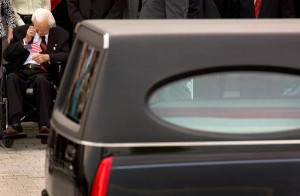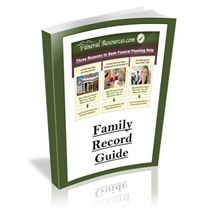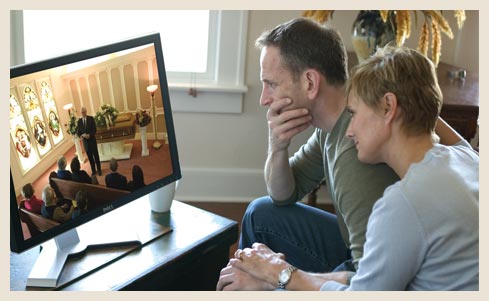Seven Ways Funeral Directors Can Help You Plan a Funeral
Plan a Funeral
How a Funeral Director Can Help
You Plan a Funeral
After losing a close loved one back in 2008, I am constantly trying to find ways I can help both families and Funeral Directors find new ways to make the funeral planning process easier. After working closely and researching extensively, I have learned a lot about how to plan a funeral and end of life planning industries.
However, since I am not a licensed Funeral Director, I have also focused on learning how challenging and meaningful of a role a Funeral Directors can play in a families life, and therefore, I have gained a tremendous amount of well-deserved respect and appreciation for a Funeral Director’s selfless contribution to this valued public service.
So given the importance and sensitivity of this matter, I am not only constantly trying to learn more each day, but also searching for any possible new and innovative ways to help add value to this industry.
When I look back on my personal experience, below are some of the key things I truly believe would have helped my family as we worked through the many funeral planning challenges:
1. I believe it would be helpful if the Funeral Director could give a brief history about their Funeral Home, Cemetery, as well as their personal background and experience.
This would help families learn more about choosing a funeral home or cemetery, funeral director, and feel more comfortable about the qualifications, experience, and credibility of who they are dealing with.
2. I think it could be helpful if a Funeral Directors would ask if anyone involved has any history or experience with planning a funeral.
This would help the Funeral Director and the family, since this lets the Funeral Director know if they need to begin slowly, starting with the basics, or whether things could be a little easier and streamlined based on any past experience.
3. Before the Funeral Director begins to review the basic outline of the funeral planning process, it would be helpful if they ask the family if they have any important questions on their mind that they feel like they need to find answers.
This allows the family members to ask about things that might be of concern, time-sensitive, or important to know regardless of the planning process.
4. The Funeral Director could explain the general outline of what the funeral planning process involves and what they will review and work on together. Ideally, this overall outline would be great to have in writing, so they can see it, read it, plan ahead, and follow along step-by-step.
This helps the families to get an idea of what to expect, and also begin thinking about the many funeral planning challenges.
5. The Funeral Director could tell the family members to feel free to interrupt him/her at any time, and ask any questions that come to mind, no matter how basic or uncomfortable they might feel.
This helps families feel like it is OK to ask questions, since from my personal experience, I was very reluctant to ask things that I now wish I had.
6. After the funeral planning process, the Funeral Director could find a way to help families learn about some of the new and popular memorial technology tools, resources, services, and funeral home services. In fact, I would even recommend offering families a printed list of these options so you can talk about them with the families, or simply let them research these things on their own to find out more.
In addition to the common funeral home services such as funeral programs, caskets, cremation urns, funeral flowers, etc., I firmly believe that families should also be aware of some of the new and increasingly popular new memorial technology tools such as Funeral Webcasting, Video Tribute, Memorial Website, Memorial Reefs, Memorial Diamonds, and the amazing new Gravestone Technology that includes microchips which can now show pictures and tell stories.
Why not let every family know about all of these options? If families don’t choose to add these to their funeral or memorial planning, they are still better off from knowing these options were available. And if families do find these options to helpful tools that can allow them to better heal, remember, and pay a special tribute to a loved one, everyone wins!
7. Last, I would suggest Funeral Directors consider providing every family with helpful details, such as these below, at the end of their funeral planning discussion:
– Key things to consider when planning a memorial service
– Several phone numbers to contact for any questions or concerns, 24/7
– Grief support information, grief books, and local grief support
– Information on how to give a eulogy, funeral etiquette, how to write an obituary, and other common families needs
– Contact information on Charitable Organizations, and ways to help families donate funds “in lieu of funeral flowers”
– Key reasons and benefits to consider an End of Life Plan, and where they can go to learn more
– Names and contact information for people who you recommend that would be willing to help offer free advice for any financial planning matters, such as funeral estate planning, tax planning, wealth management, etc.
Again, these are just some thoughts I had after looking back on my personal experience, as well as some of the details I have found that most families are searching for – and today this is being done largely on the Internet.
I truly hope this helps both families and Funeral Directors, as I continue my quest to make this difficult process easier!
Chris Hill, Founder
FuneralResources.com






